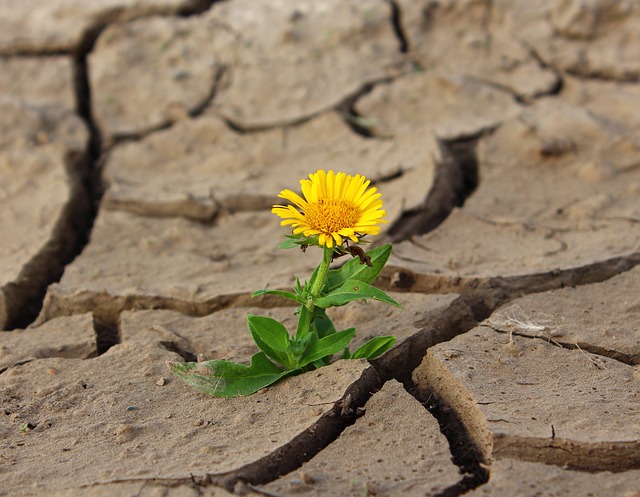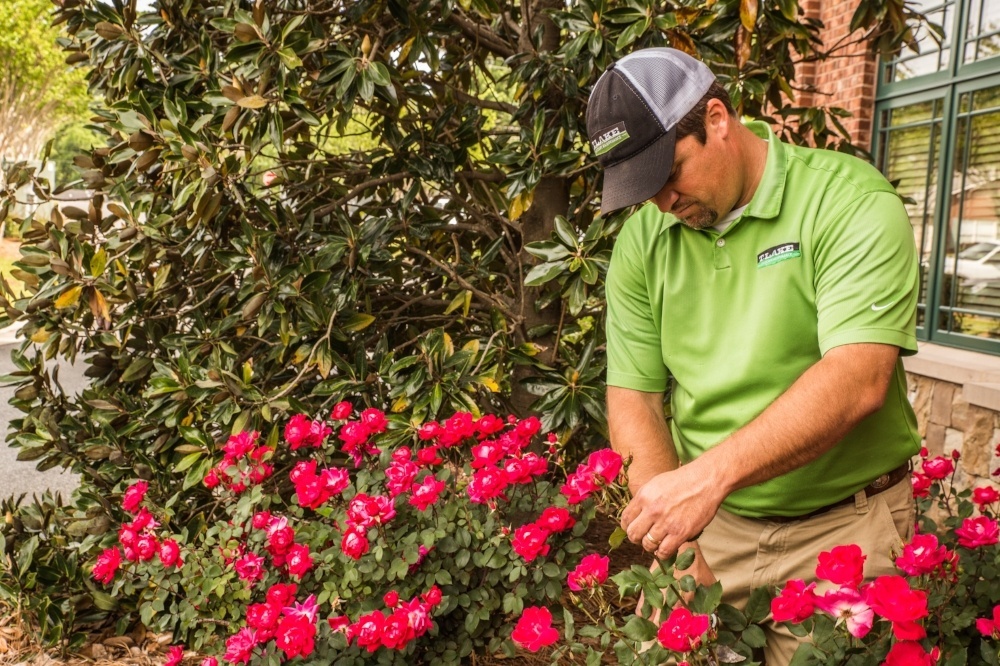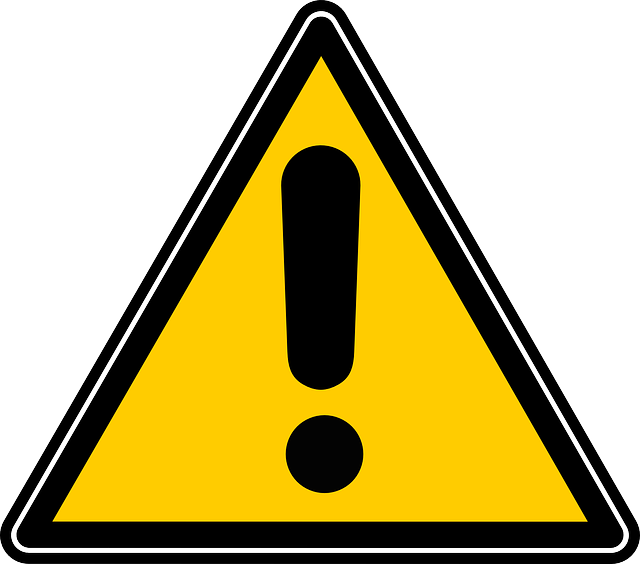Unusual weather conditions always pose challenges to maintaining a healthy landscape. But when Mother Nature decides to play hardball by pitching from one extreme to the next, it calls for extra special TLC for Georgia landscapes.
With 2019’s “flash drought” (beginning in May of this year and affecting 13 states) coming on the heels of a 2018 season that was both warmer and far wetter than usual, we’re looking at one of those times. From turf to trees, this one-two punch has caused extreme stress to many of our landscape plants, leaving many of them in a vulnerable condition going into winter.
It’s always a good idea to be aware of what’s happening in the landscape and proactive about taking care of potential problems before they escalate. But in conditions like these, it’s doubly important.
Read on to learn what to expect with your landscape this year and how to handle any problems that arise due to the high heat and lack of rain we’ve experienced this season.
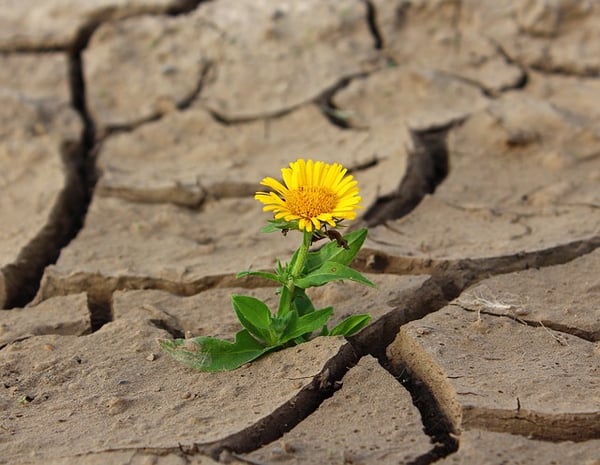
Oh, Lordy – Look at That Lawn!
This year’s weather conditions have been particularly hard on lawn grasses. Unfortunately, even with regular irrigation many people’s lawns have been reduced to swaths of dry grass. That's because low humidity and very high evapotranspiration rates make the benefits of irrigation difficult to sustain.
This raises concerns as winter approaches. Grass transitions into a dormant state in the fall, surviving off of stored nutrients all winter. The dry conditions have prevented most grass from absorbing the nutrients they need to harden off properly.
Here’s what to do:
- Continue to irrigate as needed. Less frequent, thorough soakings are much better than smaller daily amounts because this encourages deeper rooting.
- Raise your cutting height. A taller canopy can support deeper roots, which can better withstand drought. Set your blades to the highest level possible, and keep them sharp – turf loses less water when the cuts are clean.
- Use herbicides with care. Read labels before applying, because drought conditions can affect the performance of certain herbicides, and/or could damage your turf.
- Although it may seem counterintuitive, don’t fertilize. Fertilizers—especially nitrogen—encourage new growth, which can further stress a plant that needs to pull its energy down into the roots to survive the winter.
- Plant drought resistant grass cultivars. If your lawn has experienced extensive drought damage, you may want to aerate and overseed at this time to help bring it back to its beautiful self by spring. If you decide to do this, choose turfgrass varieties bred to withstand dry weather. We like bermuda and zoysia varieties.
And don’t expect to break your vigilance come spring. Turf that’s been hit this hard is likely to emerge from dormancy in April weak, with dead spots and instant fungus. This is especially likely in over-irrigated centipede and St. Augustine grass, and in lawns that received nitrogen fertilizer in late summer.
Can That Tree Be Saved?
Trees across Georgia have also been drastically affected. Large numbers of mature trees have died, especially pines and oaks. So, what about that poor brown tree in your yard? Is it truly dead, or does it have a fighting chance?
- If it’s a pine tree and it’s brown, cut your losses. It’s dead, and it’s a hazard. Cut it down before it has a chance of hurting someone.
- If it’s an oak that suddenly browned out, don’t give up. There’s a chance it may come back in the spring. Let’s hope it does.
In the meantime:
- Keep a sharp eye out for insect infestations in all landscape trees. Weakened trees are far more susceptible to pests.
- And, watch for dead limbs and tip dieback. Timely trimming helps to keep insects at bay and allows the tree to focus on healthy tissue.
Shrubs and flowering trees have also taken a hard hit this summer. They may not bloom as usual this spring and will need some help to bounce back. Here’s what to do: Water as needed, concentrating on early morning before the sun is fully out. Don’t over fertilize in spring, just let them come back at their own pace and feed carefully.
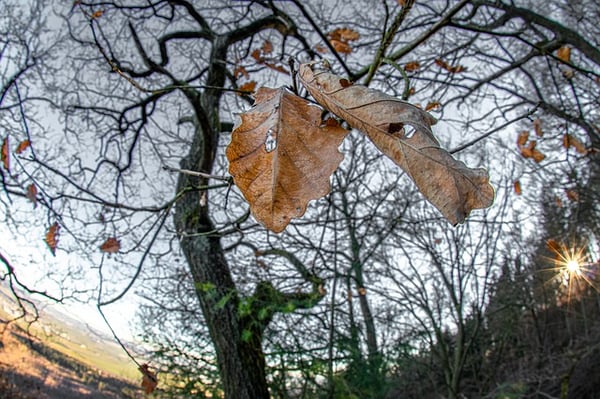
Fighting Drought From the Ground Up
Healthy soil makes a huge difference in how well plants can withstand drought and other stressors. While it takes time to build a truly first-rate soil, there are things we can do to boost the life-sustaining capacity of any soil in a jiffy.
For all your Georgia landscape plants, consider using products such as plant probiotics and bio-nutritional supplements to counteract the stress your plants have been through. These can help with both biotic (pests and plant diseases) and abiotic (weather, etc.) stressors. We like to use biostimulants and probiotics from Amp Agronomy, Holganix, and Mirimichi Green to naturally enhance soil and plant health. They really work.
Wetting agents such as Lesco Moisture Manager can also be helpful. Applied directly to the soil, they help the soil absorb and retain more water, thus decreasing the demand for water by up to 50% without letting your plants suffer. These products are also helpful under normal conditions in reducing the cost of irrigation.
Timely Action Can Save Your Landscape
Losing plants to drought is heartbreaking as well as costly. And dead and dying plants and trees can create safety issues that put people and property at risk. These things are best identified and addressed quickly; timely action can sometimes save a tree or plant that would otherwise be lost.
Talk to us now about how we can help you lower environmental impacts, avoid plant loss and safety issues, and help your landscape thrive in tough conditions. Just fill out our handy online form, or call us directly at 478-750-7733 today.
1 Oct 2024
